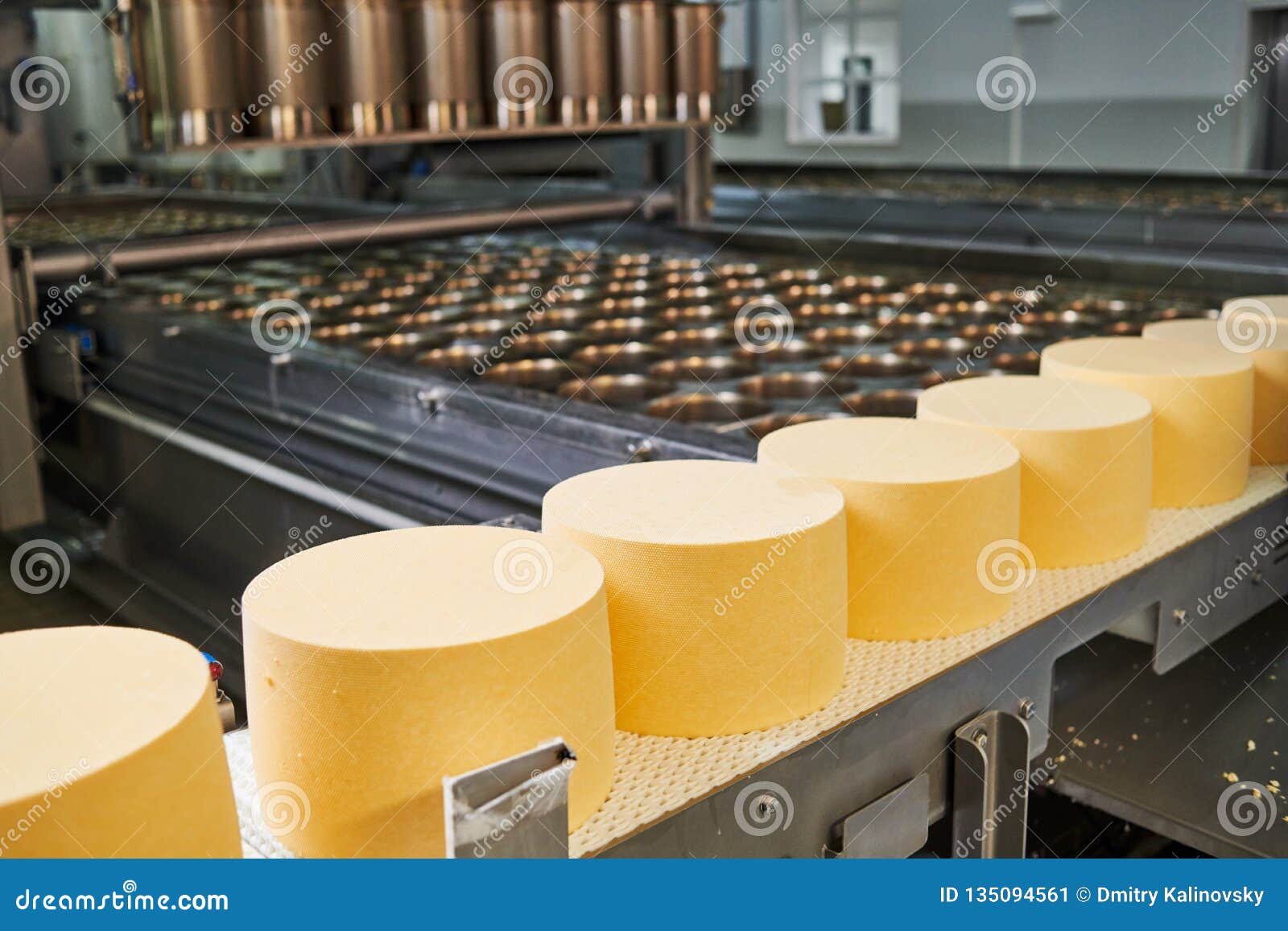A Comprehensive Take A Look At Cheese Manufacturing: Active Ingredients, Approaches, and the Future of Artisan Cheeses
The elaborate procedure of cheese manufacturing is a fascinating convergence of art and scientific research, where premium milk, rennet, and specific bacterial societies serve as fundamental components. As the industry increasingly focuses on sustainability and transparency, the future of artisan cheeses assures to reflect both heritage and development.
Trick Ingredients in Cheese Production
A variety of important components play a crucial duty in cheese production, each contributing to the end product's taste, appearance, and character. The primary active ingredient in cheese is milk, which can come from various sources, consisting of cows, goats, and lamb - cheese store melbourne. The type of milk made use of dramatically affects celebrity's taste and consistency; for example, cow's milk generally generates creamier cheeses, while goat's milk commonly creates zesty selections
One more vital ingredient is rennet, an enzyme used to curdle the milk, separating it into curds and whey. The resource of rennet can be animal, veggie, or microbial, each presenting distinctive characteristics to celebrity. Cultures, containing specific strains of bacteria, are additionally important to the cheese-making process. They ferment lactose right into lactic acid, helping in taste development and texture.
Salt not only improves the flavor but likewise functions as a chemical, inhibiting the development of undesirable microorganisms. Furthermore, different flavor agents, such as herbs, spices, and even smoked wood, can be included to create distinct artisanal cheeses. Together, these components develop the structure of cheese production, establishing the stage for varied and rich cheese ranges.
Typical Cheese-Making Strategies
Making use of conventional cheese-making methods, artisans worldwide protect classic techniques that have been given through generations. These techniques usually stress the use of top quality, in your area sourced milk, which is central to the distinct tastes and structures of artisanal cheeses. The process typically starts with the careful heating of milk, complied with by the addition of cultures and rennet to assist in coagulation.
Once the curds form, they are cut, enabling whey to drain pipes, a vital step that influences moisture web content and appearance. Salting is a vital facet of this procedure, boosting taste while also acting as a preservative.
Aging, or affinage, is another important component, during which cheeses develop their characteristic scents and preferences. Craftsmens may utilize certain aging environments, using moisture and temperature level controls to fine-tune the cheese's account. The commitment to these standard techniques not only supports neighborhood economic climates but additionally adds to the rich variety of cheese selections discovered worldwide, celebrating cultural heritage and artisanal workmanship.
Modern Innovations in Cheese Manufacturing
Exactly how have technological advancements transformed cheese production in recent years? The assimilation of modern technology has changed both the effectiveness and top quality of cheese production.
In addition, developments in microbiology have actually made it possible for cheesemakers to pick discover this info here certain microbial cultures and enzymes, enhancing taste profiles and improving service life. The use of sensor modern technology for monitoring fermentation conditions has actually likewise come to be common, allowing for real-time modifications to preserve ideal environments for cheese aging.

These improvements not just enhance the top quality and sustainability of cheese production yet likewise empower craftsmen manufacturers to keep typical flavors while embracing modern-day effectiveness. As innovation remains to develop, the future of cheese manufacturing looks appealing, mixing practice with innovation.
The Role of Terroir in Cheese
In the realm of cheese production, terroir plays a pivotal duty in defining the distinctive features of various cheeses. Terroir, a French term commonly connected with a glass of wine, encompasses the environmental aspects that influence farming items, including dirt composition, environment, and regional flora and animals. In cheese-making, the special features of the region where the milk is sourced can impart details flavors and textures to the end product.
For instance, the grazing problems of dairy products animals substantially impact the milk's structure, influenced by the types of yards and natural herbs readily available in a specific location. This differs not just in between countries but also between areas within the exact same country. Additionally, the microbial communities existing in the atmosphere add to the fermentation procedures, causing varied profiles in taste and scent.
Cheeses such as Roquefort, Parmigiano-Reggiano, and Cheddar exhibit how terroir can form their identifications, making them distinct and commonly protected by geographical indications. As producers increasingly identify the relevance of terroir, there is an expanding focus on sourcing neighborhood active ingredients and maintaining standard practices, making sure that each cheese absolutely mirrors its origin.

Future Trends in Artisan Cheeses
A remarkable change is taking place in the artisan cheese field, driven by evolving customer preferences find out this here and technical improvements. Significantly, consumers look at this website are inclining one-of-a-kind, top notch products that emphasize both sustainability and regional sourcing - cheese makers melbourne. This fad is triggering artisan cheesemakers to innovate, focusing on small-batch manufacturing and making use of standard methods while integrating modern technology to enhance high quality and security
Moreover, there is a growing passion in plant-based and different dairy products, pushing typical cheesemakers to check out brand-new opportunities, such as cashew or almond-based cheeses. This shift not just provides to dietary constraints however also lines up with environmental issues regarding pet farming.
Additionally, transparency in sourcing and manufacturing procedures is becoming vital. Consumers are a lot more informed and need traceability, prompting manufacturers to embrace more clear labeling methods and participate in storytelling that highlights their methods and values.
Conclusion
In verdict, the intricate procedure of cheese manufacturing fuses conventional strategies with modern advancements, leading to a varied range of tastes and structures. The emphasis on top notch ingredients and the impact of terroir emphasize the virtuosity associated with cheese manufacturing. As the market progresses, a focus on sustainability and transparency will likely shape the future of artisan cheeses, satisfying a progressively critical consumer base that values authenticity and workmanship in dairy items.